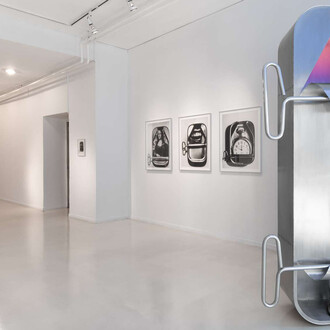Why are we attracted to old objects? Perhaps because what we see in them is a life we did not live ourselves, making us forget about the transience of our own lives.
There is a story hidden in every object. But the object can tell its story only if we find out what it is, what its function is, who made it, where and when it was made, what its composition is, what material it is made of, and whether it is an original or perhaps a forgery.
In our search for answers, we turn to the methods of the social sciences, such as comparative and expert methods or style analysis. Quite often problems cannot be solved in this way, as differences cannot be detected with the naked eye. Following the development of advanced methods in the natural sciences, such questions are no longer a mystery, and the results of these analyses can provide realistic answers, but they must be interpreted from the viewpoint of the social sciences. This is how we learn about the material culture of a certain area and about trade routes, while the material used tells us about raw materials and technologies, and we can also establish whether a work of art is genuine, as well as select the most suitable restoration procedures.
The exhibition is a result of the research done in the framework of National Museum of Slovenia's research programme Objects and prestige: taste, status, and power (Researches of the material culture in Slovenia), financed by the Ministry of Higher Education, Science and Technology of the Republic of Slovenia.












